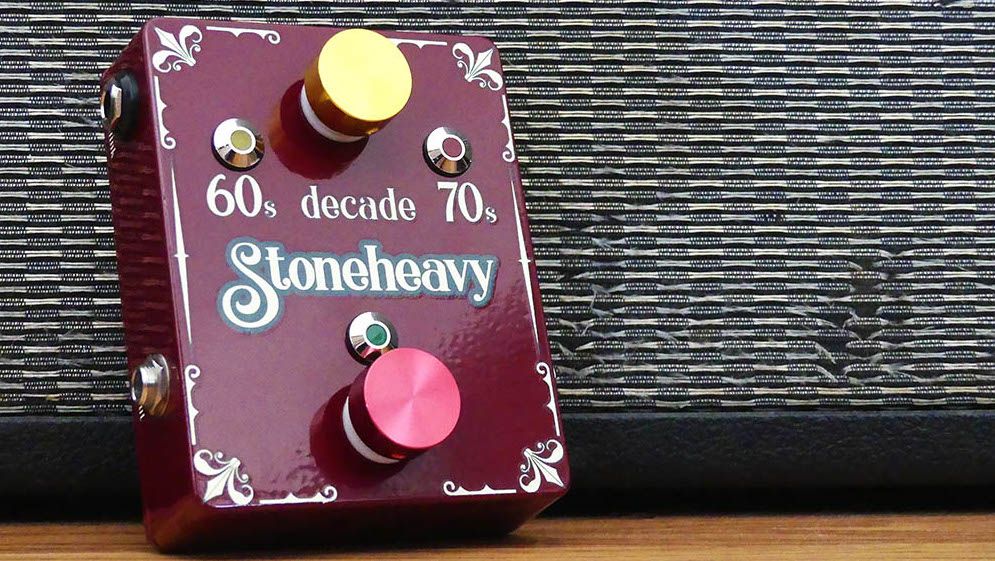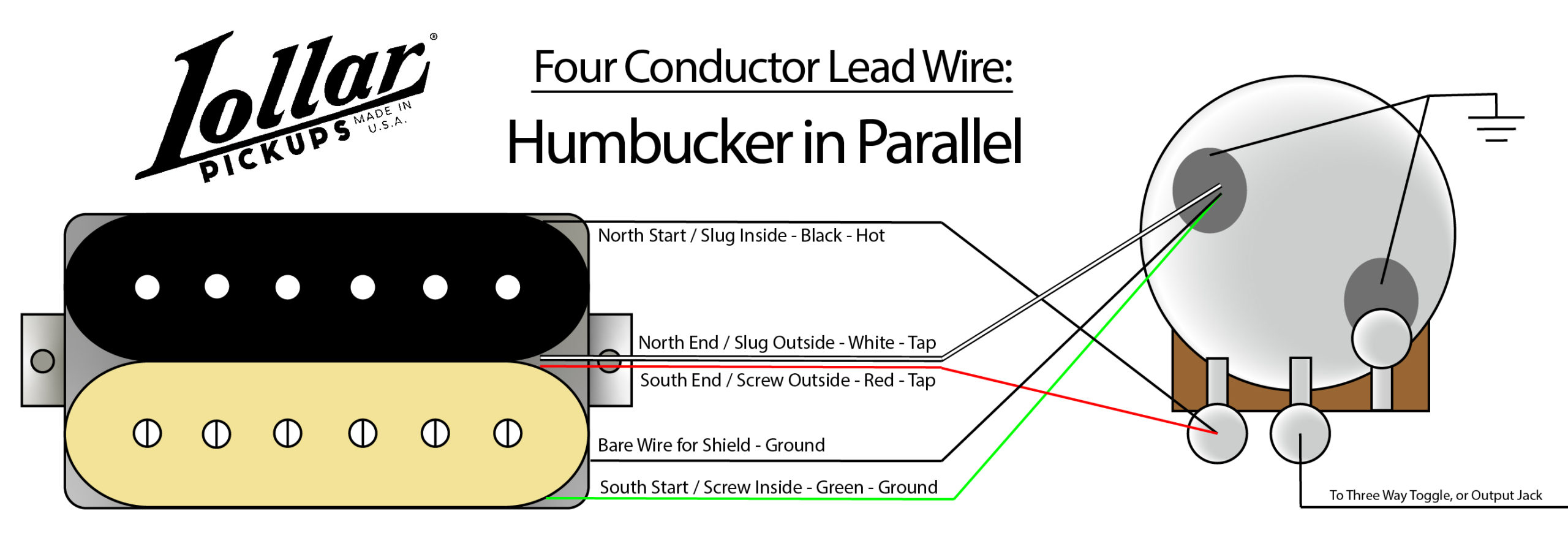

Part way through 1961, Gibson became more consistent in its use of Alnico V magnets.

Yet most players who have used them extensively agree that the best modern efforts can come close, but rarely totally nail “that sound.” Put together these and a handful of other variables – the precise metal that the polepieces and base plates were made from, for example, as well as the fine-points of other minor components – and a good PAF would seem easy enough to reproduce. Such inconsistencies mean that any two original PAFs will likely sound quite different, and resistance readings of anywhere from slightly under 7k Ω to around 9k Ω (in some rare extremes) also tell you that their perceived output and the ratio of bass, midrange and treble will also differ wildly. The fact that these early humbuckers also were not wax-potted further enhances their complexity and overtone content. That mismatch between coils can attribute a certain “bite” and added harmonic texture to the guitar tone, which is a big part of the hallowed PAF sound. Specs also called for 5,000 turns of 42 AWG plain-enamel-coated wire per coil, but most PAFs actually have unevenly wound coils (as revealed by their resistance readings), as well as considerable variances in the total numbers of turns, and the rough patterns of the windings. But Gibson is said to have used Alnico II, III, IV and V somewhat indiscriminately from 1956 to ’61, depending on what was available, and the sound and feel of these pickups can vary somewhat as a result. Given the PAF’s simple ingredients, wherein lies the magic? Lover purportedly spec’d Alnico V for the pickup’s single bar magnet, which was positioned at the bottom of the coils between the six adjustable polepieces in one coil and six fixed steel slugs in the other. Patent Office (the stickers eventually applied mid-way through 1962 carried the number awarded to a bridge patent). Gibson was, in fact, granted its patent in July of 1959, but either decided to use up old stickers for another year and a half, or resisted putting new “Patent No” stickers on the pickups to keep competitors from searching out the file at the U.S. It’s worth noting that Gibson was not the first company to develop the humbucking concept, but was the first to apply it successfully to a widely produced electric guitar, just ahead of Gretsch’s implementation of the Filter’ Tron in 1957.

Creations made in the first five or six years of the new pickup’s existence became known as PAFs because of the “Patent Applied For” decal that Gibson affixed to their bottoms from the time of their first appearances in the Les Paul Model goldtop and Les Paul Custom in 1957 (the very first Gibson humbuckers, some with three coils, were used in lap-steel guitars before that, and had no decal).


 0 kommentar(er)
0 kommentar(er)
